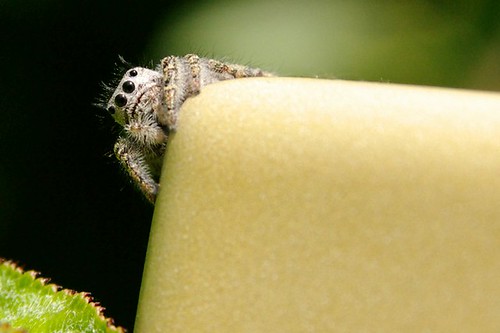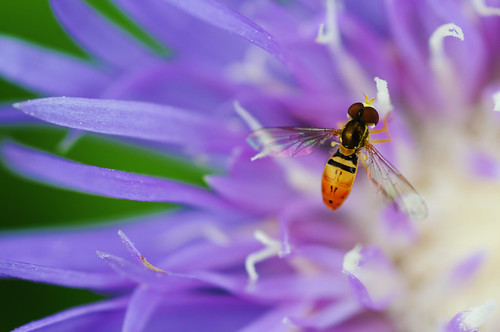The Kenilworth Park and Aquatic Gardens is an excellent oasis along the Anacostia River. Known for the beautiful lotus flowers that grow there, the gardens also offer an abundance of wildlife. From multiple types of heron and other birds, to frogs and turtles, even to woodchucks; it’s hard to find anywhere else inside DC that has such a diversity of life…besides the zoo. And if you ever go to the Aquatic Gardens, one of the first things you’ll see are the dragonflies.
Elyse got a great close up, where we can make out the face of the insect. A true macro photograph, all of the fine details of the bug pop out: the transparent wings, the elongated body, and large eyes. In fact, those eyes, which seem to be looking right into the camera, are what make this photo so powerful. And the background is blurred perfectly, which helps to focus our attention right where it should be, on the dragonfly. Truly, excellent work.


